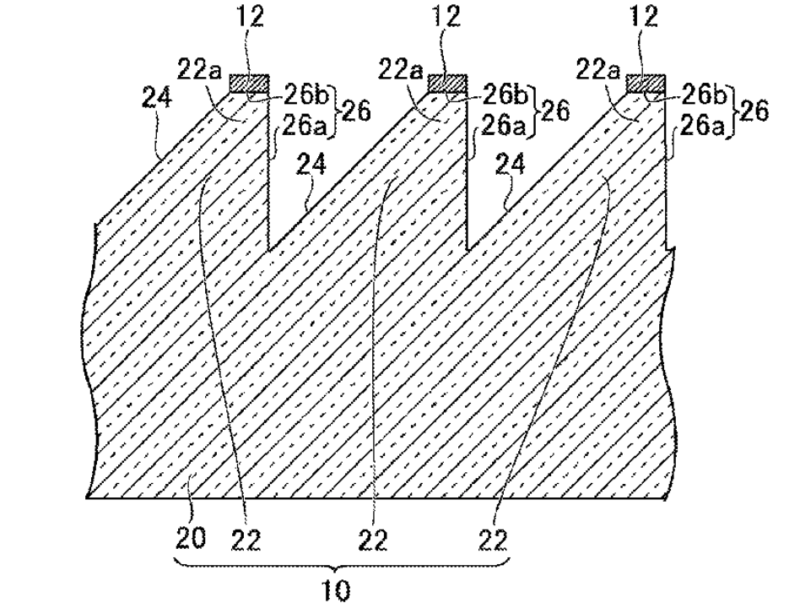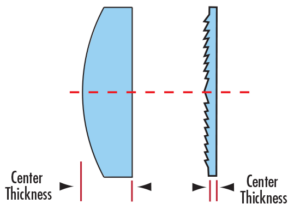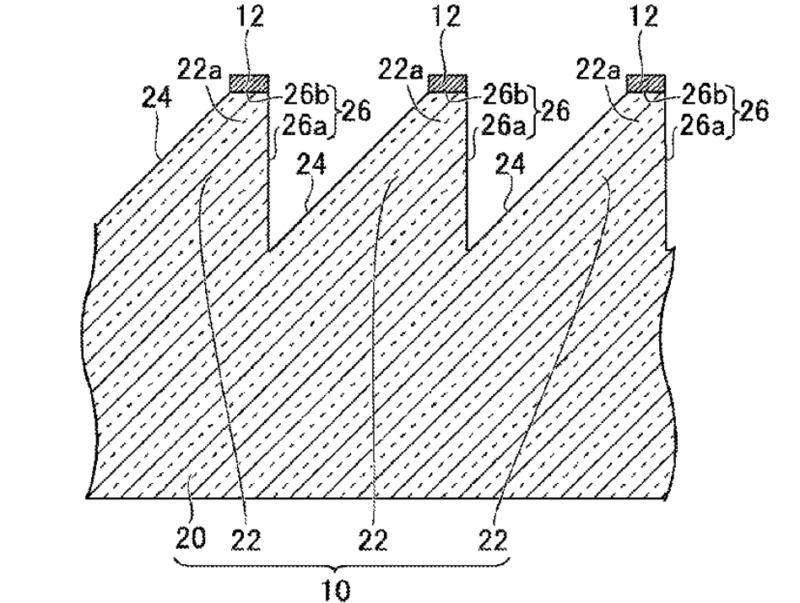
Enlarge / The small light-absorbing portions (labeled 12 in this diagram) are key to Sony’s solution to the “god ray” problem. (credit: Sony / USPTO)
If you’ve spent any significant amount of time in virtual reality, you’ve probably encountered issues with “god rays,” a specific type of lens flare that looks a bit like a sunbeam shining through the clouds and right on your eye. Now, a recently unearthed patent from Sony suggests the PlayStation VR maker may have solved that problem for its upcoming PlayStation VR2 headset.

An illustration comparing traditional curved lenses (left) and flatter Fresnel lenses (right). (credit: Edmund Optics)
The presence of god rays (or crepuscular rays, to use a more technical and less religious term) in virtual reality is an artifact from the use of Fresnel lenses in most headsets. Unlike a traditional dome-shaped lens, a Fresnel lens uses precisely angled concentric grooves on the surface of a clear flat panel to focus light on a specific point.
This lets Fresnel lenses operate at a much smaller focal length and with a thinner and lighter profile than a traditional lens, making them ideal for virtual reality headsets. But the downside is that the edges of those concentric grooves sometimes throw a ray of light sideways rather than focusing it, which can show up as a crepuscular ray when it hits your eye.





